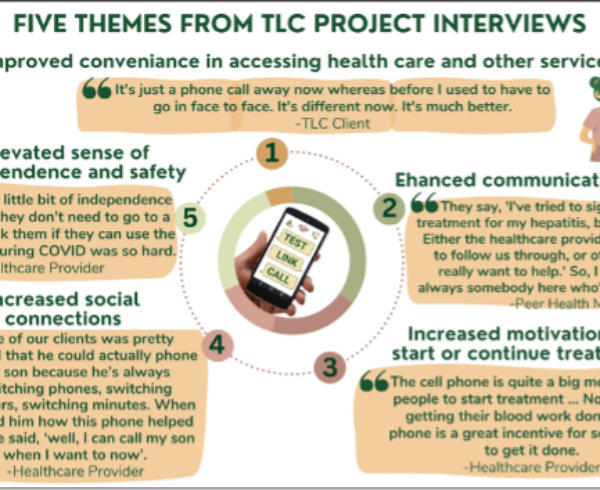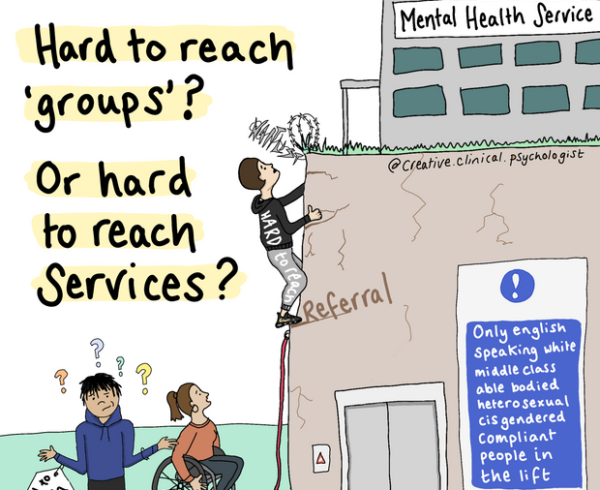
SEPTEMBER 5, 2024. By Amrit Tiwana, Nicola Gale, and Sofia Bartlett. People who experience criminalization, such as those who have been incarcerated,Read more

All the outputs from our different projects, including guidelines, templates, and tools are available here.
Check out the menu to the left to view the pages for each category.
The News & Stories page include blogs written by team members, news, project updates and past and upcoming events.

SEPTEMBER 5, 2024. By Amrit Tiwana, Nicola Gale, and Sofia Bartlett. People who experience criminalization, such as those who have been incarcerated,Read more

AUGUST 2024. By Nicola Gale, RPh (APA), MPH. More about Nicola Gale. Nicola Gale is a clinical pharmacist with an out-patient liverRead more

By Pacific Public Health Foundation NOVEMBER 8, 2023, Pacific Public Health Foundation Test, Link, Call: a simple premise with a powerful purposeRead more

By BC Ministry of Health JULY 30, 2023, BC Ministry of Health Communications People in B.C. will be better protected against theRead more
